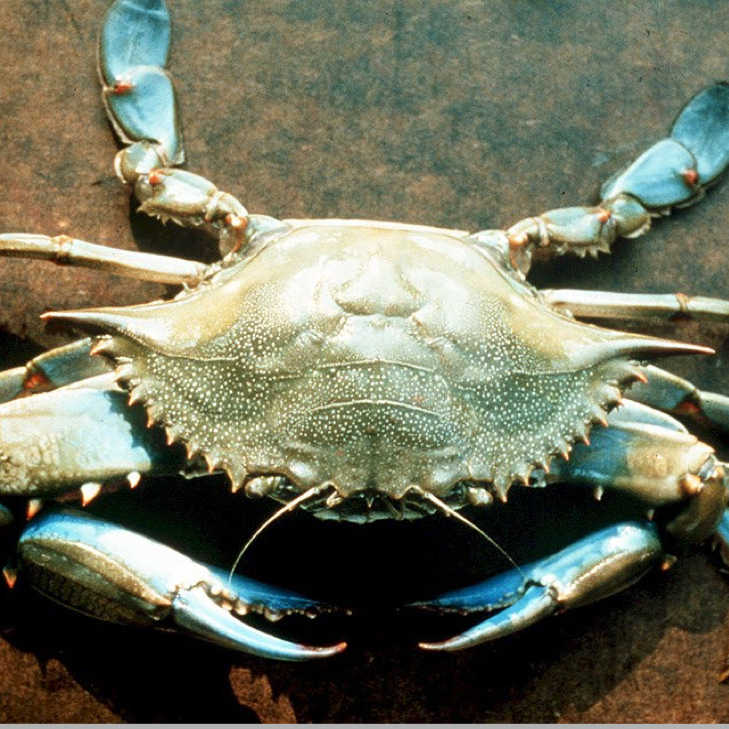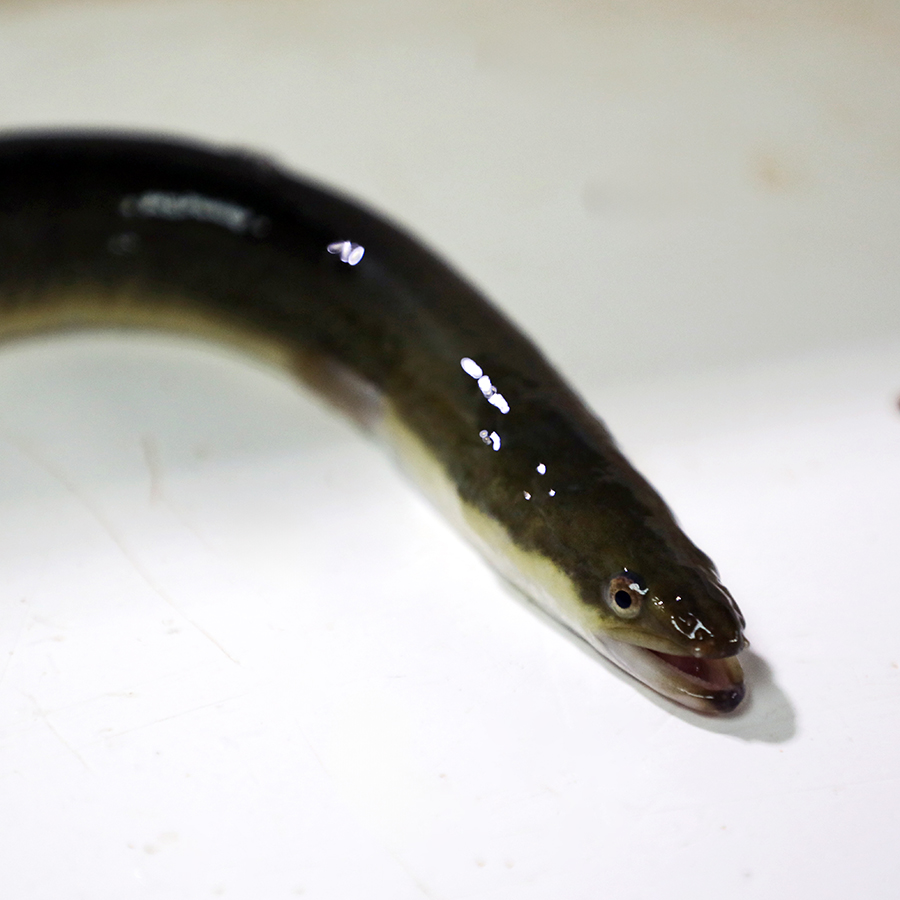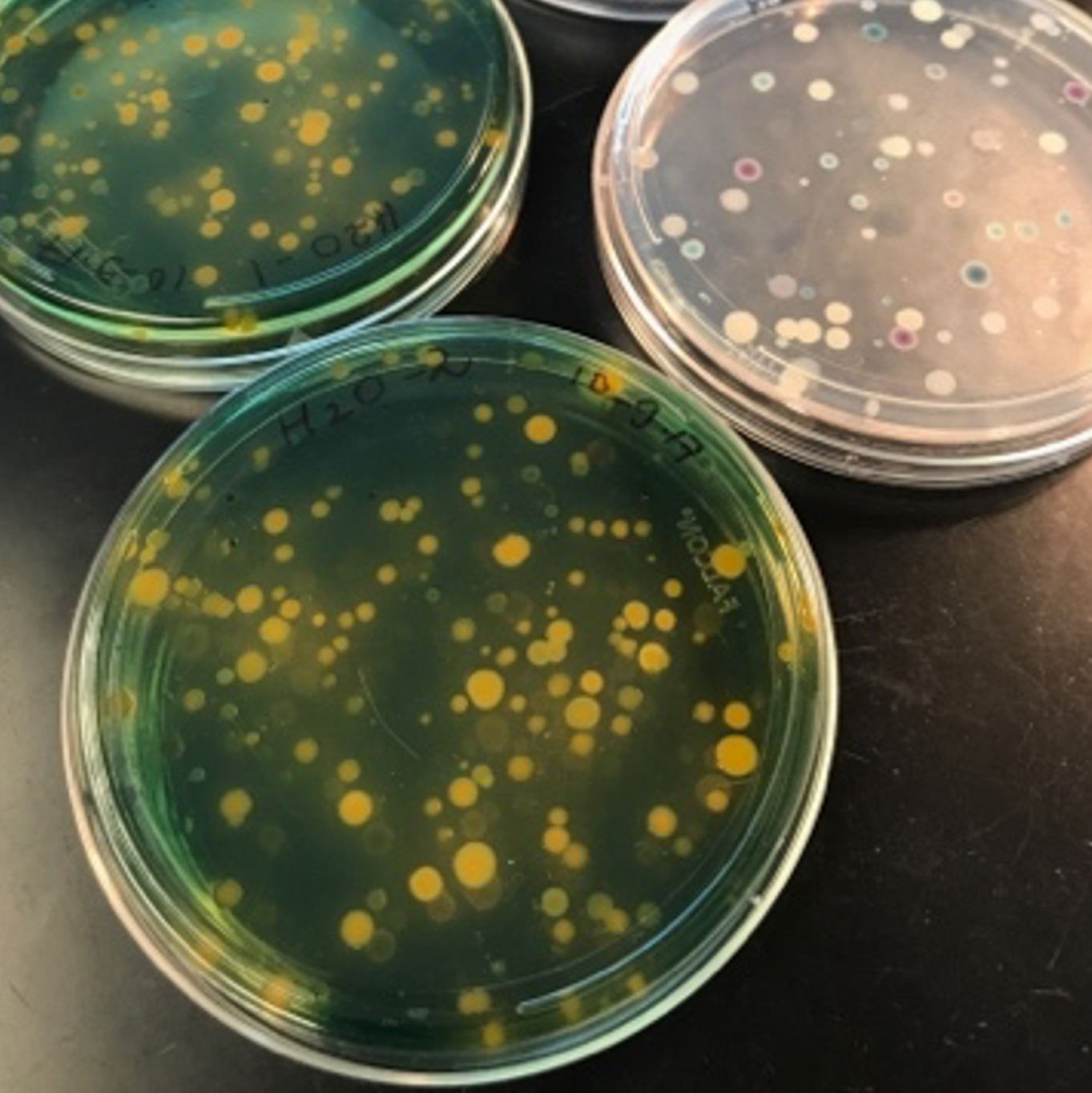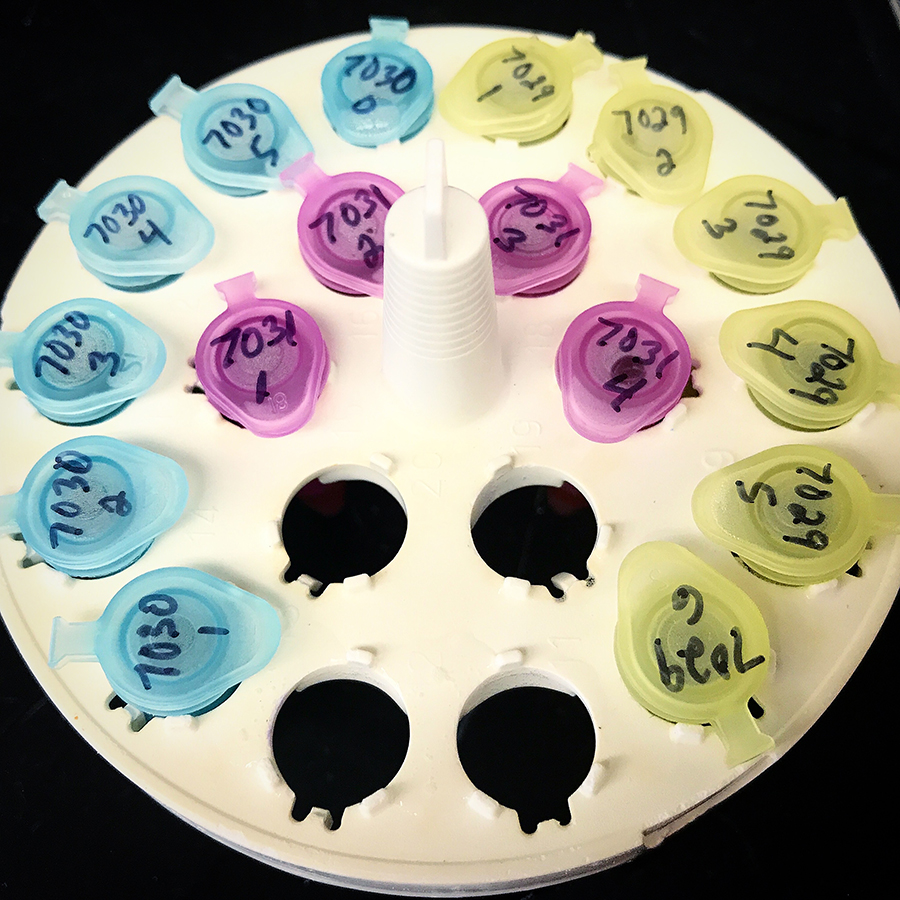Research
 |
Mollusc diseasesBivalve molluscs like oysters and clams in our region have long been challenged by infectious diseases, and today the myriad stresses associated with climate change present new challenges. AquaDI activity on this front involves better understanding the cause of unusual mortality events in these key resource species, and the unique shellfish health challenges associated with hatchery and nursery production of these species. |
 |
Crustacean diseasesBlue crabs support one of the largest fisheries in Virginia but their stock has suffered from fishing and predation pressure, poor settlement, and disease. AquaDI research on blue crabs include assessments of disease caused by the parasitic dinoflagellate Hematodinium and by bacterial infections, as well as monitoring of protozoan and helminth parasites. Our research also addresses diseases of other crustacean species associated with experimental or new crustacean fisheries such as penaeid shrimps, rock crabs, red crabs, and lobsters. |
 |
American eel diseasesAmerican eels support a growing fishery and aquaculture industry in the Chesapeake Bay. Unfortunately, the health of their population faces many regional threats, including infectious diseases such as red sore disease caused by bacterial infections, swim bladder disease caused by the nematode Anguillicoloides crassus, and gill disease caused by trematodes such as Pseudodactylogyrus anguillae and Pseudodactylogyrus bini. AquaDI activities include surveillance, diagnostics, and management recommendations for these and other emerging American eel diseases. |
 |
Vibrio pathogensVibrio bacteria occur naturally in freshwater, estuarine and marine environments. Species such as V. cholerae, V. vulnificus and V. parahaemolyticus can cause diseases in humans, while others can cause disease in marine fauna including crustaceans, molluscs or fish. AquaDI activities contribute to gaining a better understanding of the factors controlling the distribution of these bacteria and of the impact of these bacteria on the health of wild or aquacultured species. |
 |
Molecular toolsMolecular diagnostic assays are designed to target the nucleic acids, the DNAs and RNAs, of hosts or their pathogens, such as protistan parasites, bacteria or viruses. Instruments for quantitative PCR, digital PCR, Sanger or next-generation sequencing available at VIMS enable the AquaDI team to examine the abundance and diversity of pathogens in relation to their host(s), other microorganisms and the environment. These molecular-based tools are also used to better understand the genetics of hosts that can help with selecting and breeding for more resistant strains and species. |

